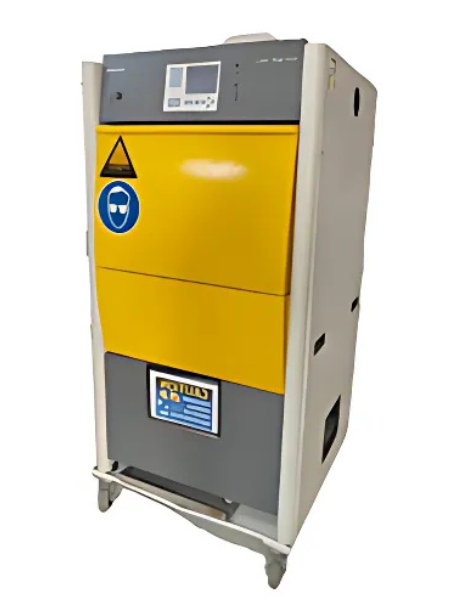Xenon Arc Weathering Test
In today’s global marketplace, products are exposed to a wide range of environmental conditions. Whether it’s automotive parts, construction materials, textiles, or packaging, understanding how a product will endure the effects of sunlight, moisture, and temperature over time is essential. This is where accelerated weathering tests, particularly the Xenon Arc Weathering Test, play a critical role.
The Xenon Arc Weathering Test is a laboratory method used to simulate the damaging effects of full-spectrum sunlight and environmental stressors on materials over a short period. By replicating years of sunlight exposure in just weeks or months, this test enables manufacturers to predict product lifespan, ensure quality control, and meet regulatory compliance requirements.
Xenon Arc Weathering refers to the use of a xenon arc lamp in a controlled testing environment to replicate the full spectrum of sunlight, including ultraviolet (UV), visible, and infrared radiation. This test is conducted using specialized equipment that allows precise control of exposure parameters such as light intensity, temperature, humidity, and water spray.
Unlike UV fluorescent tests (like UV-A and UV-B testing), the Xenon Arc method simulates natural sunlight more closely, making it ideal for testing materials that are used outdoors or exposed to indoor light through windows.
Weathering can degrade materials in multiple ways:
- Fading or discoloration of pigments and dyes
- Loss of mechanical strength
- Cracking, embrittlement, or chalking
- Degradation of surface coatings or finishes
- Material delamination or warping
Key Parameters in Xenon Arc Testing :
-
Irradiance (Light Intensity)
- Measured in W/m² at a specific wavelength (typically 340 nm), irradiance must be controlled and monitored to ensure consistent exposure. Common levels include 0.35, 0.55, or 1.10 W/m²/nm. Temperature
- Black Panel Temperature (BPT) simulates surface heating by sunlight.
- Chamber Air Temperature (CAT) represents ambient conditions.
- Relative humidity inside the chamber mimics natural day/night moisture variations. High humidity can accelerate hydrolysis and other degradation mechanisms. Water Spray
- Water spray or condensation is used to simulate dew and rain, especially in outdoor conditions. This accelerates phenomena such as corrosion, blistering, and cracking.
- Short-term screening: 300–500 hours
- Outdoor simulation: 1000–2000 hours
- Long-term qualification: 3000+ hours
Typical BPT ranges: 63°C to 100°C depending on the standard.
Humidity-
Duration and Exposure Time
Exposure time must be balanced to avoid over-testing, which can induce unrealistic failure modes.
SAE and Automotive Standards
- SAE J1960 / J2527 – For automotive interior and exterior materials.
- Other OEM specifications – Tailored procedures based on industry and region.
Applications of Xenon Arc Weathering Test
- Automotive
- Construction and Building Materials
- Plastics and Polymers
- Textiles
- For curtains, upholstery, car seats, and outdoor garments
- Tests colour fading, strength, and appearance
- Coatings and Paints
- Packaging
Advantages of Xenon Arc Weathering Test
- Full-spectrum sunlight simulation – Includes UV, visible, and infrared for realistic results.
- Accelerated testing – Reduces product development time.
- Customizable parameters – Allows simulation of a variety of climates and conditions.
- Versatility – Applicable to almost any non-metallic material.
Results from Xenon Arc Testing are typically evaluated using:
- Visual Inspection – Fading, cracking, chalking, or discoloration.
- Color Change Measurement – Using ΔE values (color difference).
- Gloss and Surface Texture Analysis
- Mechanical Testing – Tensile strength, elongation, hardness, etc.
- Microscopic Examination – For surface degradation.
Results should be benchmarked against control samples or known standards to determine pass/fail criteria.
Common Testing Standards for Xenon Arc Weathering
- ASTM G155
- ASTM D6695
- Gloss and Surface Texture Analysis
- ISO 4892-2
Related Products
Discover complementary equipment for your testing needs. Optimized for accuracy, efficiency, and compliance.




